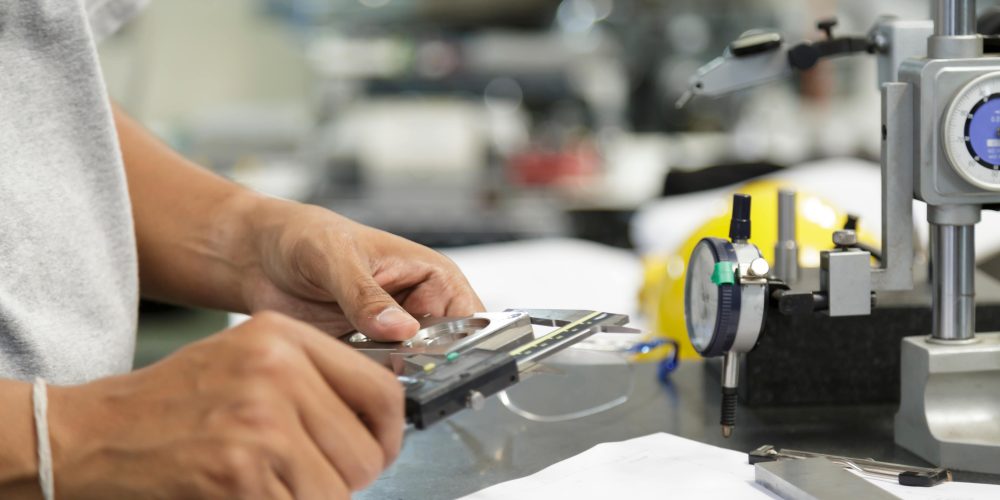There’s a lot of debate in the automotive world these days about whether to run calibrations. Many people are under the impression that a vehicle doesn’t need to be calibrated if there aren’t any diagnostic trouble codes (DTCs). However, this isn’t always the case.
In this blog, we’ll explore why DTCs don’t tell the whole story when it comes to advanced driver-assistance systems (ADAS) calibrations and why it’s important to still calibrate after certain events like windshield replacement, alignment changes, fender benders, and any repairs that require removing and replacing any sensors affixed to the vehicle.
DTCs Report Known Issues
DTCs are error codes generated by the vehicle’s computer when it detects an issue. These codes can be caused by anything from a loose gas cap to a more serious engine problem. DTCs can be cleared, but they will often come back if the underlying issue has not been fixed.
DTCs are just one part of the picture when it comes to diagnostics. They can help identify potential issues, but they don’t always give a complete picture, especially in regard to ADAS systems and sensors. This is because DTCs are often generated when a sensor or system isn’t functioning correctly, but they don’t necessarily indicate that the system needs to be calibrated. For example, a DTC might be generated if a sensor is dirty or obstructed, but not if the system is out of calibration.
Some Calibration Issues Won’t Trigger DTCs
Calibration is important because it ensures that the sensors and systems are working correctly and communicating properly. Running calibration procedures exposes issues that need to be fixed. Not all calibration issues will trigger a DTC, but they can still cause problems with the ADAS system’s accuracy.
For example, if a sensor is out of alignment, it might not trigger a DTC, but it can still cause problems with the system’s accuracy. This is why it’s critical to calibrate even if there are no DTCs.

Run ADAS Calibrations, Regardless
Certain events can cause a loss of calibration, so running a calibration procedure is essential, even if no DTCs are present. These include windshield replacement, alignment changes, fender benders, and any repairs that require removing and replacing.
DTCs are just one part of the ADAS service and repair diagnostic picture. They can help identify potential issues, but they don’t always give the full story of your vehicle’s situation. If you have been clearing DTCs and returning vehicles to customers, you need to update your standard operating procedures (SOPs) to include calibration when indicated by OEMs.
Want help exploring calibration options? Learn about our turnkey solutions.







